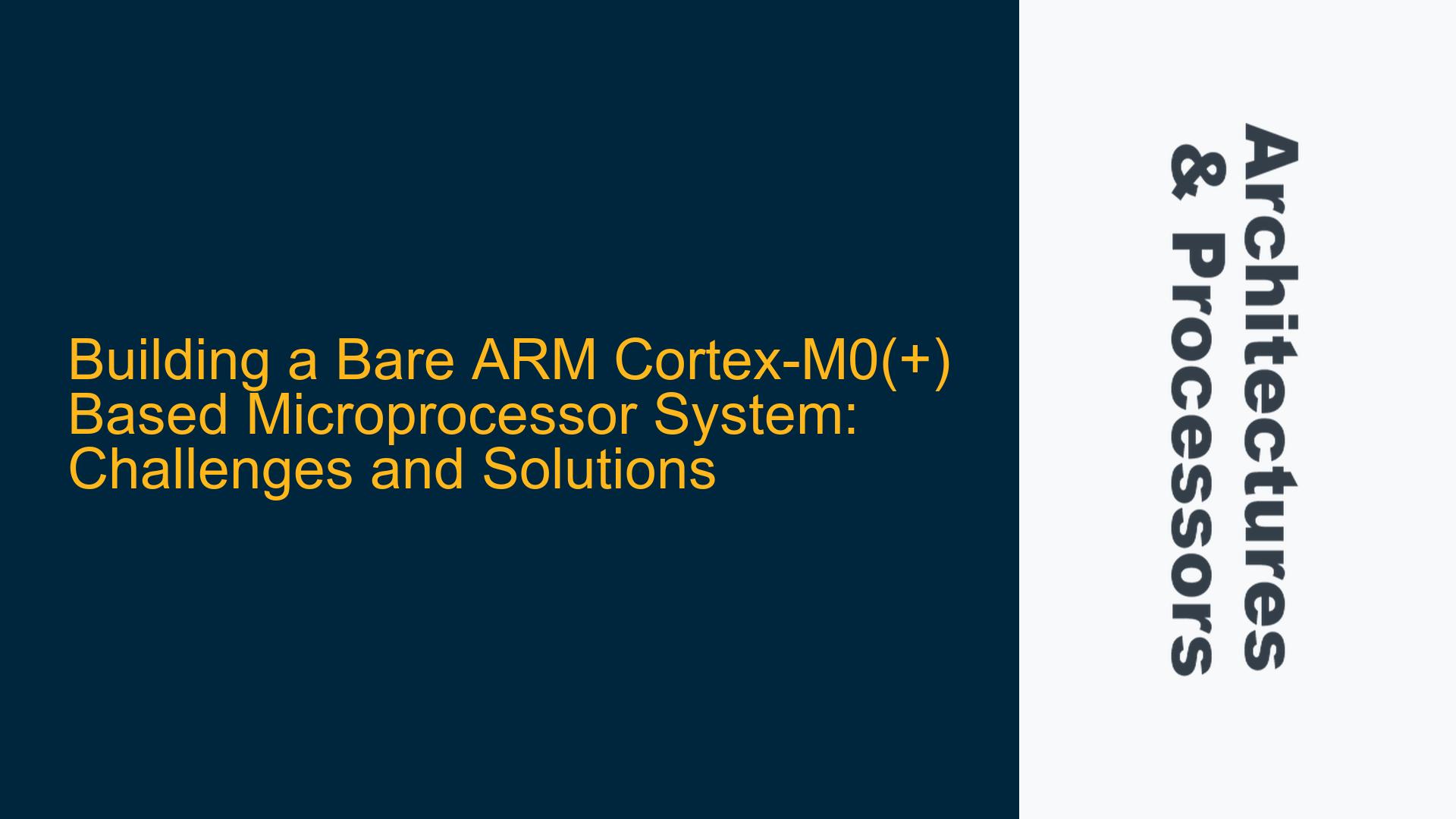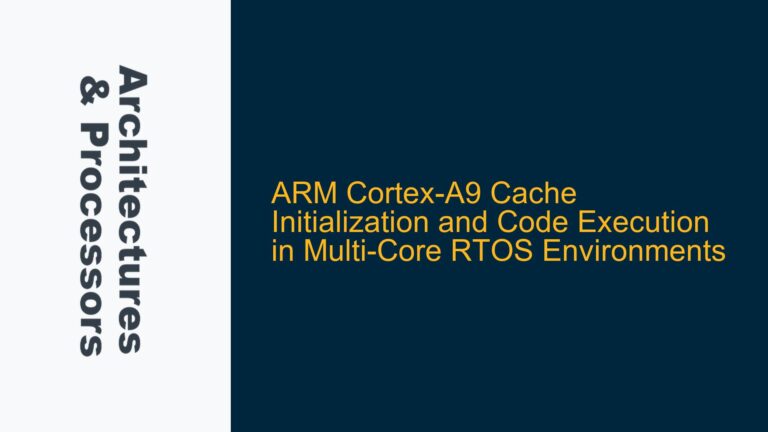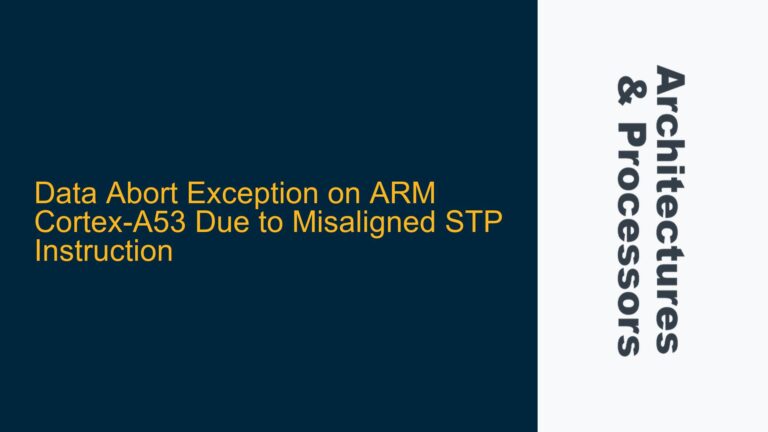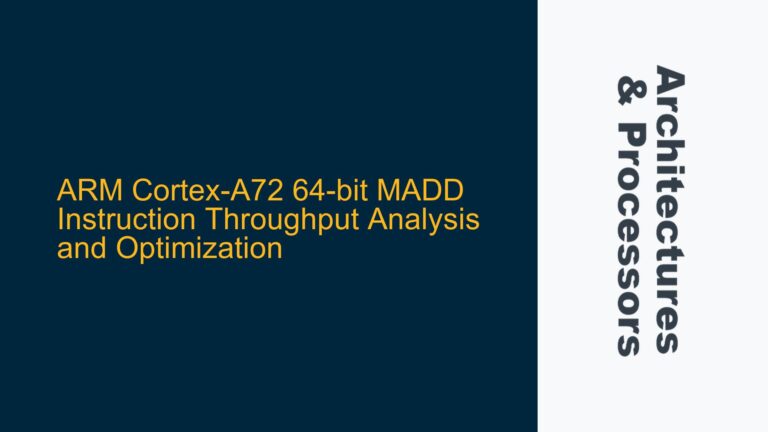ARM Cortex-M0(+) as a Bare Microprocessor: Feasibility and Market Availability
The ARM Cortex-M0(+) core is one of the most power-efficient and cost-effective processor cores in the ARM Cortex-M family, designed for deeply embedded applications. However, its availability as a standalone microprocessor, without integrated peripherals or memory, is a topic of interest for hobbyists and engineers looking to build custom systems akin to classic 8-bit microprocessor designs like the 6502 or Z80. The Cortex-M0(+) is typically found in microcontrollers, which integrate flash memory, SRAM, and a variety of peripherals such as GPIOs, timers, and communication interfaces. This integration is a key selling point for microcontrollers, as it reduces the overall system cost and complexity for most applications. However, for those seeking to build a "toy" computer with discrete components, the lack of a bare Cortex-M0(+) microprocessor poses a significant challenge.
The primary reason for the absence of standalone Cortex-M0(+) microprocessors is rooted in the economics of semiconductor manufacturing. Modern ICs are designed to serve high-volume markets, where the integration of peripherals and memory on a single die is both cost-effective and space-efficient. Producing a bare microprocessor would require a separate fabrication process, which would not be economically viable given the niche demand for such a product. Additionally, the Cortex-M0(+) core is optimized for low-power, low-cost embedded systems, where the integration of peripherals and memory is a necessity rather than an option. This makes it difficult to find a commercially available Cortex-M0(+) microprocessor that meets the requirements of a discrete system design.
Despite these challenges, there are alternative approaches to building a system with a Cortex-M0(+) core. One such approach is to use a microcontroller with an external bus interface, allowing for the connection of discrete memory and peripherals. However, this approach is not without its limitations. Many Cortex-M0(+) microcontrollers do not expose an external bus interface, as they are designed for highly integrated applications. Furthermore, even when an external bus is available, the performance of the system may be significantly slower compared to a fully integrated microcontroller due to the additional latency introduced by external memory and peripherals.
Challenges in Building a Discrete Cortex-M0(+) System: Memory, Peripherals, and Performance
Building a discrete system with a Cortex-M0(+) core involves several technical challenges, particularly in the areas of memory, peripherals, and performance. The Cortex-M0(+) core is designed to operate with tightly coupled memory, which is typically integrated into the microcontroller. When using discrete memory, the system must account for the additional latency and complexity introduced by external memory interfaces. This can be particularly challenging for the Cortex-M0(+), as it lacks a memory management unit (MMU) and relies on a simple memory map for accessing memory and peripherals.
One of the key challenges in building a discrete Cortex-M0(+) system is the implementation of an external memory interface. The Cortex-M0(+) core supports a variety of memory types, including SRAM, flash, and ROM. However, interfacing with external memory requires careful consideration of timing, bus arbitration, and signal integrity. The Cortex-M0(+) core operates at relatively low clock frequencies compared to higher-end processors, which can simplify the design of the memory interface. However, the lack of an integrated memory controller means that the system designer must implement a custom memory interface, which can be a complex and time-consuming task.
Another challenge is the implementation of peripherals in a discrete Cortex-M0(+) system. In a typical microcontroller, peripherals such as GPIOs, timers, and communication interfaces are integrated into the same die as the processor core. In a discrete system, these peripherals must be implemented using external components, which can increase the complexity and cost of the design. Additionally, the Cortex-M0(+) core has a limited number of external interrupt lines, which can make it difficult to implement complex peripheral systems with multiple interrupt sources.
Performance is another critical consideration when building a discrete Cortex-M0(+) system. The Cortex-M0(+) core is designed for low-power, low-cost applications, and its performance is optimized for these use cases. When using external memory and peripherals, the performance of the system may be significantly slower compared to a fully integrated microcontroller. This is due to the additional latency introduced by external memory accesses and the overhead of managing external peripherals. Additionally, the Cortex-M0(+) core has a relatively simple pipeline and limited instruction set, which can further impact performance in a discrete system.
Implementing a Cortex-M0(+) Based System: FPGA-Based Solutions and Custom Microcontroller Designs
Given the challenges associated with building a discrete Cortex-M0(+) system, alternative approaches such as FPGA-based solutions and custom microcontroller designs may be more practical. FPGAs offer a flexible platform for implementing custom processor cores, including the Cortex-M0(+). By using an FPGA, it is possible to create a custom system with a Cortex-M0(+) core, external memory, and peripherals, all on a single chip. This approach allows for greater flexibility in system design, as the FPGA can be reprogrammed to implement different configurations of the Cortex-M0(+) core and peripherals.
One of the key advantages of using an FPGA for a Cortex-M0(+) based system is the ability to integrate custom peripherals and memory interfaces. FPGAs provide a wide range of configurable logic blocks and I/O pins, which can be used to implement custom peripherals and memory interfaces. This allows for the creation of a highly customized system that meets the specific requirements of the application. Additionally, FPGAs offer the ability to implement multiple Cortex-M0(+) cores on a single chip, which can be useful for applications that require parallel processing or redundancy.
Another advantage of using an FPGA for a Cortex-M0(+) based system is the ability to optimize the system for performance and power consumption. FPGAs allow for the implementation of custom logic and memory interfaces, which can be optimized for the specific requirements of the application. This can result in a system that is more efficient in terms of both performance and power consumption compared to a discrete system. Additionally, FPGAs offer the ability to implement advanced features such as hardware acceleration and custom instruction sets, which can further enhance the performance of the system.
For those who prefer not to use FPGAs, custom microcontroller designs may be a viable alternative. Some microcontroller vendors offer customizable microcontrollers that allow for the integration of custom peripherals and memory interfaces. These microcontrollers typically include a Cortex-M0(+) core along with a configurable peripheral set, which can be customized to meet the specific requirements of the application. While this approach may not offer the same level of flexibility as an FPGA-based solution, it can provide a more cost-effective and simpler alternative for those who do not require the full flexibility of an FPGA.
In conclusion, while the availability of a bare Cortex-M0(+) microprocessor is limited, there are several alternative approaches to building a custom system with a Cortex-M0(+) core. These include using microcontrollers with external bus interfaces, FPGA-based solutions, and custom microcontroller designs. Each of these approaches has its own set of challenges and advantages, and the choice of approach will depend on the specific requirements of the application. By carefully considering the trade-offs between complexity, cost, and performance, it is possible to build a custom Cortex-M0(+) based system that meets the needs of the application.






